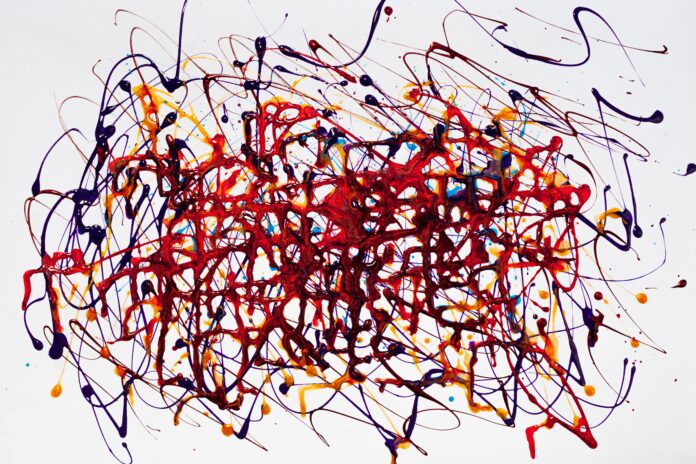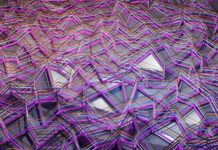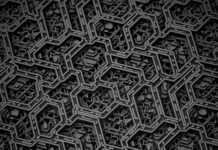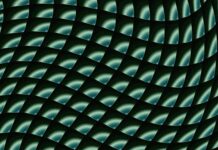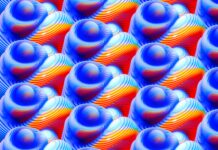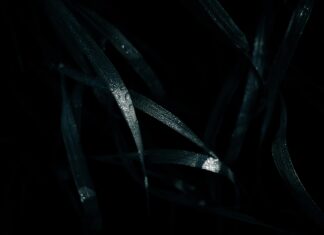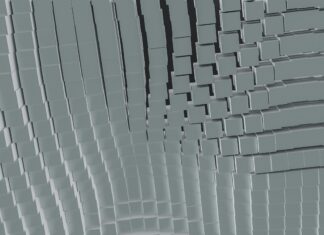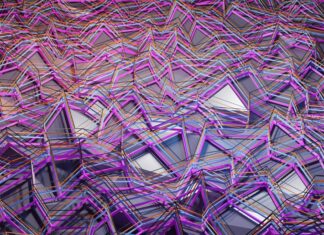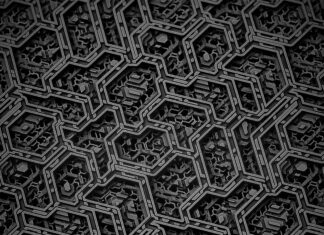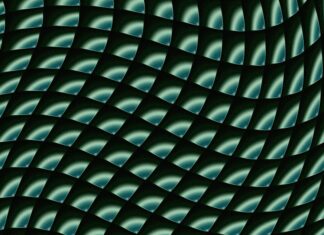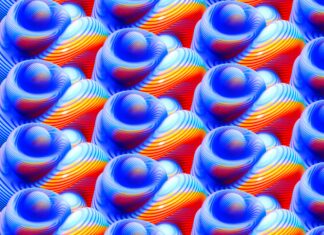Seborrheic Keratosis: A Comprehensive Overview
Seborrheic keratosis, often abbreviated as SK, is a benign skin condition characterized by the development of non-cancerous growths on the epidermis. These growths, known as seborrheic keratoses, manifest as raised, wart-like lesions that range in color from light tan to dark brown or even black. While seborrheic keratosis is primarily a cosmetic concern and does not pose any significant medical risks, it can lead to aesthetic and psychological distress for affected individuals due to its unsightly appearance. Despite its benign nature, seborrheic keratosis can sometimes be confused with more serious skin conditions, underlining the importance of proper diagnosis and management.
Seborrheic keratosis is a common occurrence among individuals of middle to older age, with its prevalence increasing steadily as people grow older. These growths are believed to arise from the keratinocytes – the predominant cells found in the skin’s outermost layer, the epidermis. The exact etiology of seborrheic keratosis remains incompletely understood, although both genetic and environmental factors are thought to contribute to its development. While the condition is not directly linked to sun exposure, ultraviolet (UV) radiation is believed to play a role in its formation, which may explain the prevalence of seborrheic keratosis in sun-exposed areas of the body.
Clinically, seborrheic keratosis lesions exhibit a diverse range of appearances, which can make diagnosis challenging, especially for those unfamiliar with the condition. These growths often start as small, slightly raised areas that gradually increase in size over time. They can take on a variety of shapes, including oval, round, or even irregular. The surface texture may be smooth, waxy, or warty, and they can vary in color from flesh-toned to brown or black. Additionally, some lesions may appear as though they are “stuck on” the skin’s surface, giving rise to another common term for seborrheic keratosis – “stucco keratosis.”
Given its potential resemblance to more serious skin conditions like melanoma, basal cell carcinoma, or squamous cell carcinoma, proper diagnosis is essential to rule out any malignancy. Dermatologists often employ a combination of clinical observation and, if necessary, biopsy to differentiate seborrheic keratosis from other skin disorders. A biopsy involves the removal of a small sample of the lesion for microscopic examination, which can provide definitive confirmation of the diagnosis.
The management of seborrheic keratosis is primarily based on individual preferences and the need to alleviate any symptoms or aesthetic concerns. Since these growths are benign and do not pose any health risks, treatment is not always necessary. However, if a lesion becomes irritated, itchy, or is simply deemed undesirable by the patient, removal options can be explored. Common methods for removing seborrheic keratoses include cryotherapy, in which the growth is frozen off using liquid nitrogen, and curettage, a technique that involves scraping the growth off the skin’s surface. Electrosurgery and laser therapy are also utilized for removal, with the choice of treatment depending on factors such as the lesion’s size, location, and the patient’s overall health.
In conclusion, seborrheic keratosis is a benign skin condition characterized by the development of non-cancerous growths on the epidermis. Although it is not medically concerning, seborrheic keratosis can cause distress due to its appearance, prompting some individuals to seek removal for cosmetic reasons. Proper diagnosis is crucial to differentiate it from potentially malignant skin conditions, and various removal methods are available for those who opt for treatment. As our understanding of this condition continues to evolve, individuals can make informed decisions about managing seborrheic keratosis in a way that aligns with their personal preferences and overall well-being.
Seborrheic keratosis, a term unfamiliar to many, emerges as a peculiar yet benign skin condition that often perplexes both the afflicted and those who encounter it. In a world where physical appearance holds undeniable sway, the presence of these uninvited growths can elicit a range of emotions, from mild annoyance to profound insecurity. As these growths take their place on the canvas of the epidermis, they narrate a tale that intertwines genetics, environment, and time itself.
It is within the realm of the middle-aged and elderly that seborrheic keratosis finds its most receptive audience. The skin, an organ that maps the journey of one’s life, undergoes transformations over time. Seborrheic keratosis emerges as an enigmatic participant in this process. Each growth is akin to a chapter in the book of a person’s existence, a testament to the sun-soaked days and the windswept moments that have shaped their being.
These growths, with their diverse forms and textures, may be described as nature’s abstract art, drawn upon the canvas of the flesh. From a distance, they might appear as if forgotten by a painter’s meticulous hand, left to flourish in the garden of the body. Some rise like ancient ruins, weathered by the elements of existence. Others resemble delicate shells, encrusted with the sands of time. The palette of colors they display spans from the gentle hues of parchment to the deeper tones of chestnut and mahogany. In a world obsessed with perfection, these growths dare to be different, proclaiming their presence with an air of nonchalance.
As science treads its path towards comprehension, the exact origins of seborrheic keratosis remain shrouded in mystery. The orchestration of genetics and environment leads to a crescendo where these growths come to life. While not direct offspring of the sun’s rays, they bear the marks of its touch. The dance between ultraviolet rays and keratinocytes forms a backdrop against which seborrheic keratosis steps into the limelight. A lifetime of solar embraces may set the stage, with these growths assuming their roles in the sun-exposed areas, leaving the covered realms untouched.
The clinical encounter with seborrheic keratosis is akin to a meeting with an old friend, albeit one that may have changed with time. These growths, once unnoticed, may gradually demand attention. They emerge as silent narrators of the aging tale, reminding individuals of the journey they’ve undertaken. While they seldom signal any impending danger, their presence may raise questions, spurring a pursuit for understanding.
It is in the dermatologist’s domain that the saga of seborrheic keratosis finds its resolution. Armed with knowledge and experience, these medical navigators decipher the skin’s story. The lens of observation captures the growths’ nuances, their textures, and their shades. The tools of biopsy and microscopy delve deeper, separating benign narratives from potentially ominous tales. This journey through the skin’s topography often brings relief, confirming that these growths are but footnotes in the grander story of the body.
For some, however, the aesthetic discord struck by seborrheic keratosis may prompt action. The mirror, reflecting not just an image but a sense of self, becomes a canvas where personal narratives intertwine with societal norms. The decision to part ways with these growths becomes an individual narrative, a dialogue between one’s past and present, between self-acceptance and personal expression.
Cryotherapy, a dance with cold that bids farewell to these growths, offers a path to transformation. The touch of liquid nitrogen brings a chill that redefines the landscape of the skin. As these growths succumb to the cold embrace, the epidermal canvas undergoes revision. The healing unfolds with a renewed texture, a testament to the body’s capacity to mend and reshape its own narrative.
In the realm of medicine and technology, lasers emerge as modern storytellers, wielding light to rewrite the skin’s chronicles. The laser’s touch, precise and controlled, caresses the growths away. In its wake, a rejuvenated expanse emerges, an ode to contemporary science’s partnership with the body’s own regenerative symphony.
In the mosaic of human experience, seborrheic keratosis takes its place as a unique tile, a piece of the intricate puzzle of existence. It is a reminder that the canvas of the body is painted not just with the strokes of youth, but with the vibrant hues of age. As each growth finds its moment in the sun, it becomes a mark of the passage of time, a testament to the resilience of the human form. In embracing the narrative of seborrheic keratosis, one finds an invitation to ponder the stories that skin can tell, the chapters it weaves, and the beauty that emerges when imperfections find their place in the tale.
Seborrheic keratosis, a name that dances off the tongue like a whispered secret, unravels a captivating tale within the intricate tapestry of human biology and existence. In the vast symphony of life, where cells harmonize to create the melodies of vitality, these benign growths emerge as intriguing soloists, each with its own lyrical verse to contribute.
Consider the skin, our body’s sentinel, an intricate mosaic of stories etched upon its surface. With seborrheic keratosis, a new tale unfolds, one that is not propelled by the urgency of danger, but rather by the gradual unfolding of time’s manuscript. It is a narrative that is woven into the fabric of our very being, a testament to the body’s journey through the annals of life.
Imagine, if you will, the skin as a canvas upon which the passage of years leaves its indelible mark. Seborrheic keratosis emerges as an artist’s brushstroke, a flourish that adds depth and character to this visual narrative. Each growth, like a stroke of paint, adds texture and intrigue to the portrait of a person’s existence. These growths stand as silent witnesses to the chapters of life, capturing the essence of moments lived under the sun’s embrace, the winds of change, and the gentle caress of time’s fingers.
In the theater of medicine, where the human body takes center stage, seborrheic keratosis plays a unique role. It is not the antagonist but a supporting character, a reminder that not all anomalies spell catastrophe. Doctors, the custodians of health’s narrative, wield their knowledge to decipher the skin’s chronicles. With a discerning eye, they navigate the landscape of the epidermis, distinguishing between benign tales and those that may hint at darker narratives.
Consider the psyche, that intricate labyrinth of emotions and perceptions. Seborrheic keratosis, often dismissed as a mere cosmetic concern, has the power to stir the depths of self-esteem and confidence. In a world where physical appearance can wield both a scepter of power and a veil of vulnerability, these growths whisper of society’s complex relationship with beauty. Like a gentle breeze that ripples through a pond, these growths can set in motion ripples of introspection, prompting one to contemplate the essence of self-worth and the transient nature of physical form.
Imagine the dialogue that takes place between an individual and their reflection. The mirror, a portal to self-discovery, becomes a stage where self-acceptance meets societal norms. The decision to retain or remove seborrheic keratosis, a dance between authenticity and conformity, becomes an act of personal agency. It is a moment where one decides to either celebrate these benign marks of time or to seek a canvas that aligns more closely with the aesthetic ideals of the world.
In the realm of removal, science and art converge, offering a range of techniques that could be likened to a sculptor’s chisel or a poet’s pen. Cryotherapy, with its icy touch, bids farewell to these growths, a farewell that is both literal and symbolic. The chill of liquid nitrogen resonates with the ebb and flow of existence, an embrace that signals the conclusion of a chapter while laying the groundwork for new beginnings.
Laser therapy, a mesmerizing interplay of light and tissue, evokes a sense of modern-day alchemy. The laser’s dance across the skin’s expanse is akin to an artist’s brush gliding across a canvas. It is a marriage of technology and imagination, each pulse of light rewriting the story, each beam a stroke of transformation. And in these moments of removal, whether by cryotherapy or laser, an intricate ballet of healing takes place, a testament to the body’s remarkable ability to mend and regenerate.
Consider the whispers of history that echo through time, reverberating through the chambers of the present. Seborrheic keratosis, a condition that traces its lineage through generations, carries within it the echoes of ancestors’ footsteps. It is a reminder that the canvas of our bodies is imprinted not only with our own tales but with the narratives of those who came before us. It is a reflection of the shared journey of humanity, a bridge that connects past, present, and future.
In the grand tapestry of human experience, seborrheic keratosis unfurls its own unique thread, a strand that weaves itself into the story of each individual. It is a reminder that beauty is not merely a reflection of flawless symmetry but a celebration of the uniqueness that defines us. These benign growths stand as a testament to the resilience of the human form, a marker of the passage of time, and an invitation to embrace the poetry of imperfection.



